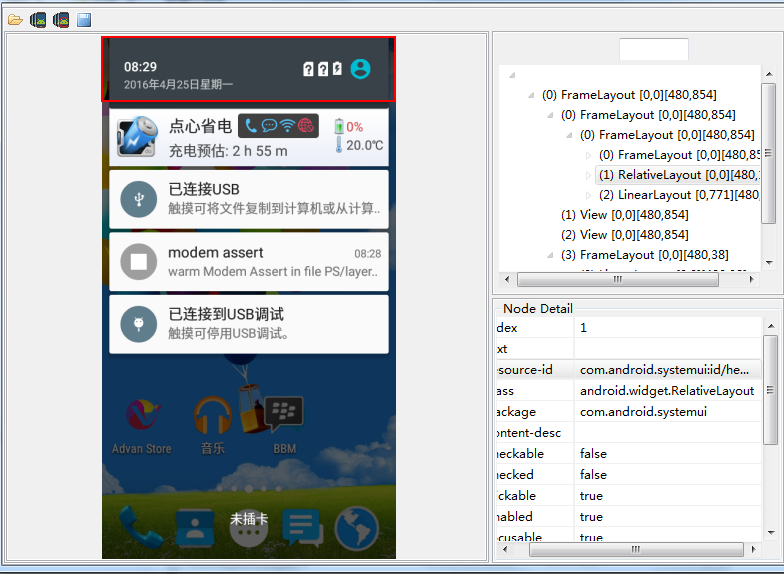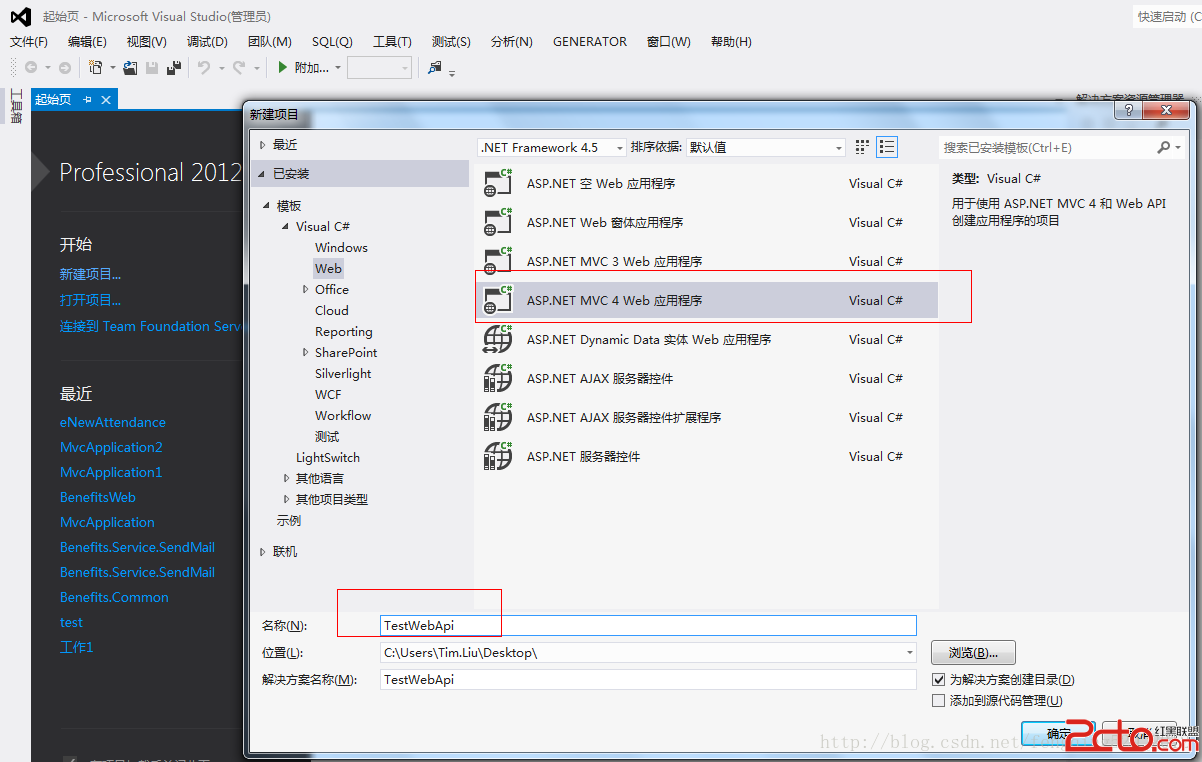編輯:關於Android編程
public class Circle {
private PointF centerPoint;
private float radius;
public PointF getCenterPoint() {
return centerPoint;
}
public void setCenterPoint(PointF centerPoint) {
this.centerPoint = centerPoint;
}
public float getRadius() {
return radius;
}
public void setRadius(float radius) {
this.radius = radius;
}
}
public class CircleUtils {
/**
* 根據圓上的三個點求圓心坐標、半徑
* @param pA
* @param pB
* @param pC
* @return
*/
public static Circle getCircle(PointF pA,PointF pB,PointF pC)
{
float mat1,mat2,mat3 ;
mat1 = ((pB.x*pB.x +pB.y*pB.y)-(pA.x*pA.x +pA.y*pA.y))*(2*(pC.y-pA.y))-
((pC.x*pC.x +pC.y*pC.y)-(pA.x*pA.x +pA.y*pA.y))*(2*(pB.y-pA.y));
mat2 = (2*(pB.x-pA.x))*((pC.x*pC.x+pC.y*pC.y)-(pA.x*pA.x +pA.y*pA.y))-
(2*(pC.x-pA.x))*((pB.x*pB.x+pB.y*pB.y)-(pA.x*pA.x +pA.y*pA.y));
mat3 = 4*((pB.x-pA.x)*(pC.y-pA.y) - (pC.x-pA.x)*(pB.y-pA.y));
Circle circle=new Circle();
PointF centerPoint=new PointF();
float radius;
centerPoint.x = mat1/mat3;
centerPoint.y = mat2/mat3;
radius=(float) Math.sqrt(((pA.x-centerPoint.x)*(pA.x-centerPoint.x) + (pA.y-centerPoint.y)*(pA.y-centerPoint.y)));
circle.setCenterPoint(centerPoint);
circle.setRadius(radius);
return circle;
}
/**
* 求一段圓弧兩端另一點的坐標
* @param circle
* @param startP 圓弧一端的點
* @param angle 圓弧對應的角度
* @return
*/
public PointF getEndPointOfArc(Circle circle,PointF startP,float angle) {
PointF centerP=circle.getCenterPoint();
PointF endPointF=new PointF();
endPointF.x=(float) (centerP.x+(startP.x-centerP.x)*Math.cos(angle*Math.PI/180)-(startP.y-centerP.y)*Math.sin(angle*Math.PI/180));
endPointF.y=(float) (centerP.y+(startP.x-centerP.x)*Math.sin(angle*Math.PI/180)+(startP.y-centerP.y)*Math.cos(angle*Math.PI/180));
return endPointF;
}
}
 android ExpandableListView三級菜單的使用
android ExpandableListView三級菜單的使用
由於本人所作的項目需要用到這種列表式的收縮與展開,因此,就好好研究了有關這方面的一些知識,當然,也借鑒了網上一些成功的案列。下面就是我模擬測試的一個展示界面。 實現上面的
 【SystemUI】修改下拉狀態欄顏色
【SystemUI】修改下拉狀態欄顏色
需要改變下拉狀態欄的背景色。關於這方面的代碼路徑 frameworks/base/packages/SystemUI中通過androidSDK自帶的工具uiautomat
 Android Wi-Fi Display(Miracast)介紹
Android Wi-Fi Display(Miracast)介紹
2012年11月中旬,Google發布了Android4.2。雖然它和Android 4.1同屬Jelly Bean系列,但卻添加了很多新的功能。其中,在顯示部分,And
 android移動開發學習筆記(二)神奇的Web API
android移動開發學習筆記(二)神奇的Web API
本次分兩個大方向去講解Web Api,1、如何實現Web Api?2、如何Android端如何調用Web Api?對於Web Api是什麼?有什麼優缺點?為什麼用WebA